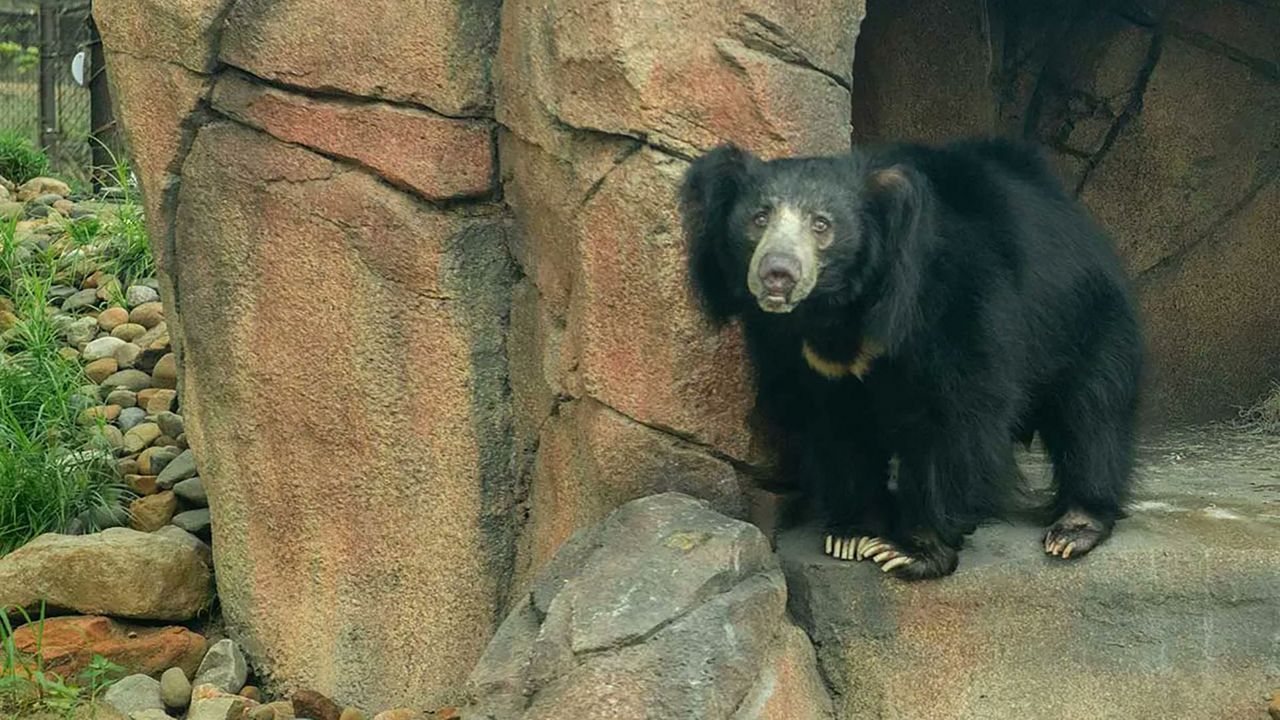CLEVELAND — The public can now visit Susie's Bear Hollow, Cleveland Metroparks Zoo's latest habitat.
The state-of-the-art tropical bear habitat is located in the Zoo's Wilderness Trek destination, and it houses a male Andean bear, as well as male and female sloth bears.
The re-imagined space is larger and includes more complex habitats for the zoo's animals. Within Susie's Bear Hollow are four habitats, which the zoo said are "triple the size" of the previous space, which was 60 years old. The space helps encourage natural behaviors of the animals by including climbing structures, rest areas and dig pits, the zoo said.
“The immersive design of Bear Hollow will bring our guests closer to bears than ever before and help them to foster a deeper connection with these ambassador animals,” said Dr. Chris Kuhar, Cleveland Metroparks Zoo executive director. “Up-close viewing opportunities will also give guests a closer look at the work of our animal care team’s husbandry efforts as they monitor the health of the bears and provide training opportunities.”
The space also opportunities for guests to get an even closer look at the animals and has a treehouse that has almost a 360-degree view of the habitats. There's also a viewing area for those who want to know more about veterinary care. People can watch the staff conduct health monitoring and training for the bears.
The total cost of the project was $8.5 million, according to the zoo. It's part of an effort to help conserve the Andean and sloth bear species, which are listed as vulnerable by the International Union for Conservation of Nature.



